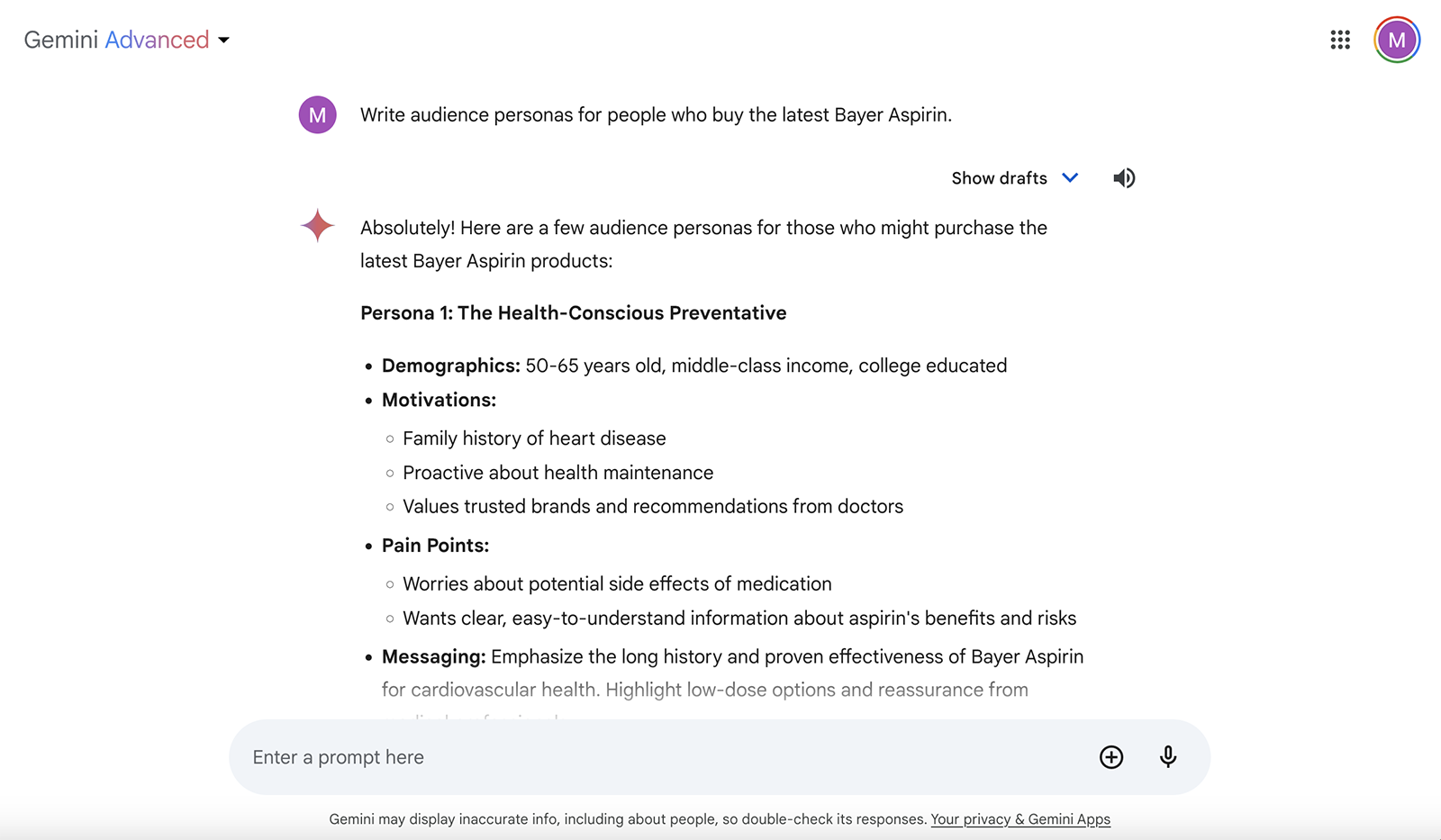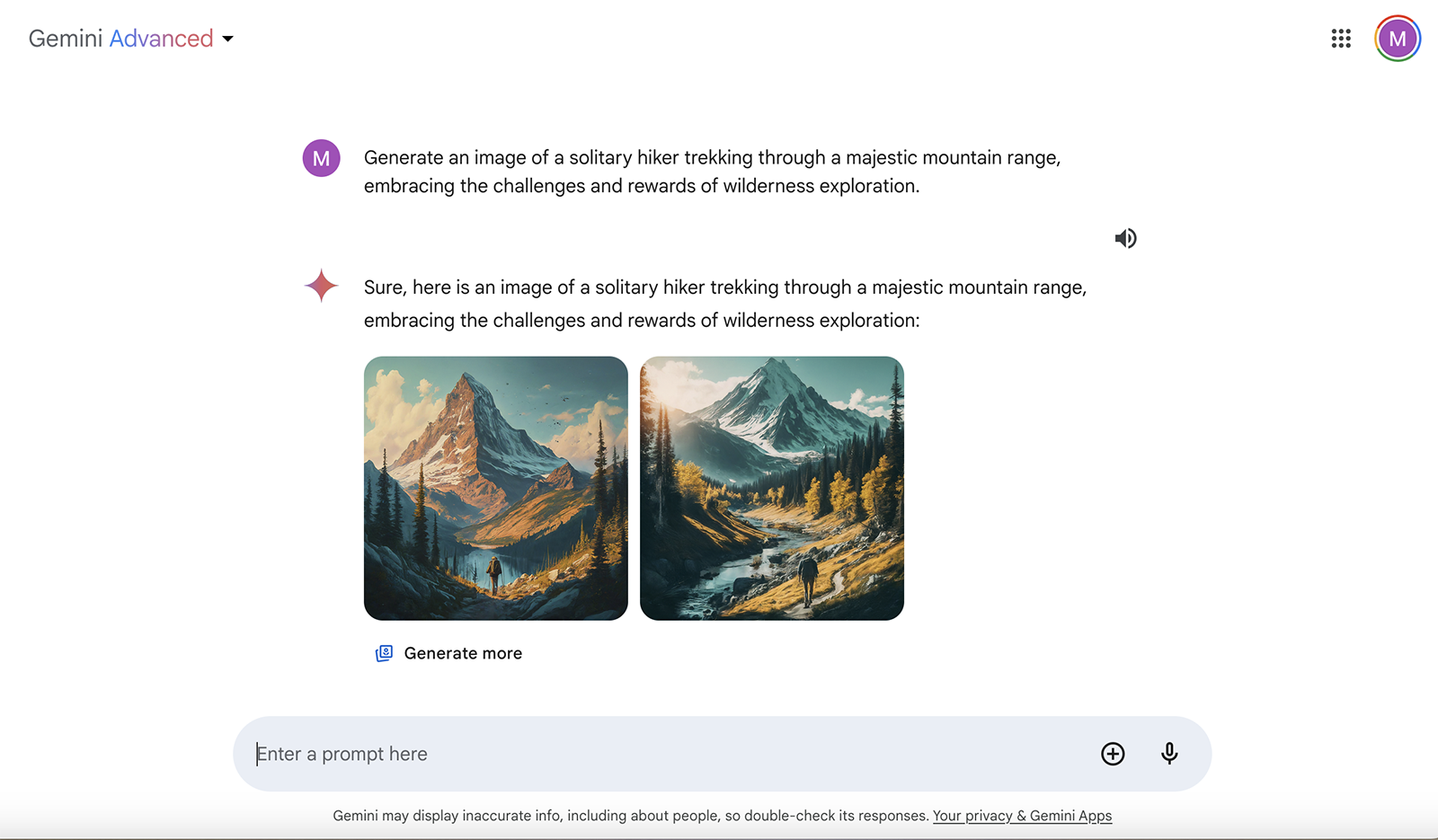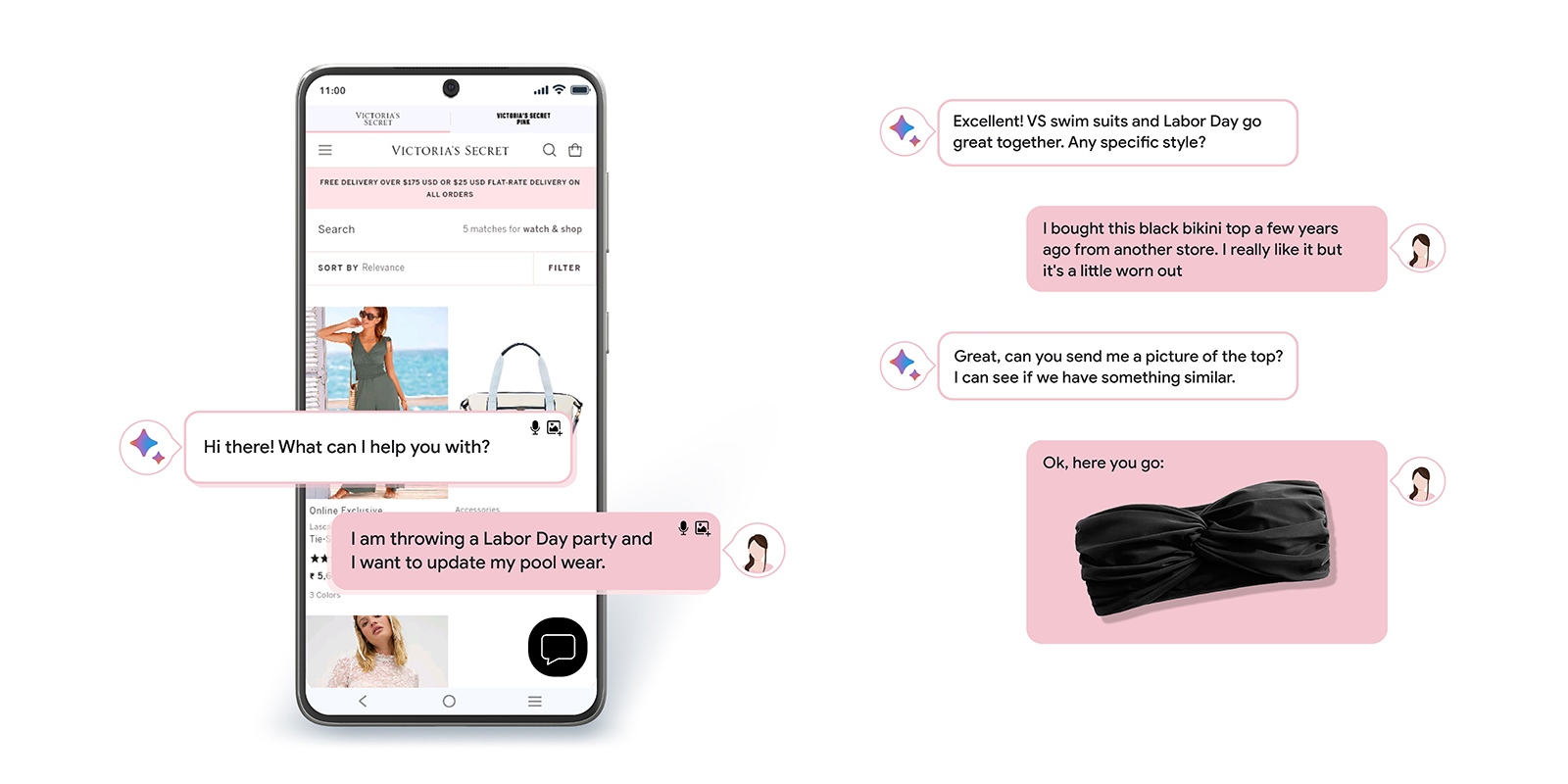Everywhere you look, advertising leaders are talking about how AI is influencing the creative process. But what does that mean on the ground? We interviewed 15 global leaders who are already using AI to redefine creativity. Their insights reveal a sustainable way for businesses to incorporate AI into their everyday operations.
Three key steps emerged from our conversations. By integrating these practices into your organisational journey, you can embolden your teams to take their creative work even further.
Create a task force to implement AI
Every leader we spoke to created a dedicated team to accelerate AI adoption. These task forces play a critical role in ensuring responsible and effective use of AI, while protecting your organisation and data.
PJ Pereira, founder and creative chairman of Pereira O’Dell, said: “An innovation lab allowed us to experiment, pioneer, and do pilots.”
Why are dedicated teams essential?
- Identifying use cases: Before adopting new tools, they study the entire organisation to find business problems AI can address.
- Equipping teams: They provide creative teams with the tools, guidelines, and inspiration to use AI effectively and responsibly.
- Staying ahead: They continuously monitor the evolving AI landscape, ensuring your place as an innovator.
If you don’t have a task force, your teams will likely continue to adopt AI using free tools, many of which have shortcomings for business use. For example, the tool’s owner may hold the copyright on whatever it generates. Or they may use the information shared with them as training data without privacy protections, putting your company’s intellectual property or user information at risk.

You can have separate task forces focused on different areas, such as research, media, or creative. The important thing is to have centralised leadership to guide the implementation of AI throughout your organisation.
Finally, task forces don’t need to be full time. If task force members remain in their “day jobs,” they can think about how AI applies to the things they work on every day. Virtual cross-functional teams, without formal reporting lines, can also facilitate a knowledge exchange across the company.
Use AI at every stage of the creative process
By definition, AI leaders are early adopters. Our interviewees started using AI tools from the moment those tools became available.
That said, it’s not too late to be early. Our featured thinkers started with off-the-shelf products and a powerful foundation, such as the AI Essentials, to launch their transformation. Now they’re implementing AI across strategy, ideation, and production.
Find insights to shape strategy
Imagine this: Instead of spending months gathering insights, your team can use AI to glean insights from vast amounts of data in a matter of minutes. That’s the impact of AI-powered tools like Google’s Gemini. This technology can analyse your brand’s research, customer data, and even social media trends to reveal valuable insights that directly inform the brief.

Large language models (LLMs) like Gemini are trained on the world’s information. This makes them useful for insights right out of the box. You can ask for insights or provide them from previous research and move on to strategy.

Ideate and create
From strategy, it’s on to ideation and creation of the Big Idea at the heart of your brand or campaign. Once again, LLMs like Gemini can accelerate the process, acting as a thought partner to allow creative teams to brainstorm, manifest, and test different ideas quickly. They can even be trained on your proprietary data to add knowledge of your brand to their broader knowledge of the world.
As Springboards.ai co-founder Pip Bingemann points out, this enables marketers outside of creative roles — strategists, for example — to create proofs of concept for their ideas earlier in the creative process, enhancing presentations and saving time.

Media.Monks co-founder Wesley ter Haar agrees. “We’re seeing that the right insight generation can almost directly drive into briefing and creative ideation.”
LLMs are not just used for text. They’re used for images and soon will be used for video. For example, Gemini was built from the ground up to work with text, images, and video, and its large context window leads to high-quality responses. In advertising terms, the latest LLMs combine disciplines, such as the classic copywriter and art director pairings pioneered by industry legends like Bill Bernbach.

It’s easy to see how the ability to quickly create, test, and iterate can help creative teams get to better, more effective ideas, faster. Imagine you’re an outdoor equipment company with an insight around the rewards of exploration. You can bring that to life in a moment.
![We generate images for clients. … Sometimes we also work on exploring territories. If a brand wants to anchor the product or service in a certain world, we would provide this world. — Frédéric Raillard, Co-founder, Fred & Farid; Head, [Ai]magination](https://storage.googleapis.com/twg-content/original_images/TwG_US_2515_-_AI_x_Creativity_-_Cannes_Curtain_-_Inlines_V9_4.png)
Expand big ideas across creative assets
AI is also making production more efficient. Creative teams can now access tools that provide virtual photo shoots, saving time and resources, and product features like voice-over in video, which make it easy to adapt content to different platforms and audiences.
With these tools and products, teams have newfound agility to build creative that reflects viewers’ differing needs, desires, and contexts. They can tailor assets to reach every person consistently and compellingly, again and again, at scale. But resources that were once diverted from creative and media into production can now be restored.
While some tools use AI to produce campaign assets across platforms, Performance Max uses your brand guidelines, website content, and images to generate countless creative assets in real time. It constantly learns, optimising your campaigns for maximum impact and reach across Google platforms.
Agencies can also build their own bespoke tools and methodologies to achieve specific goals, as VCCP did for British telecommunication company O2.

Where previous AI technologies aided in volume and velocity, the most advanced tools are capable of creative asset variety on an unprecedented scale. Reach is hardly as valuable as a combination of reach and relevance.
Whether you choose free off-the-shelf products or bespoke AI solutions, either route can help you grow your business, make you more efficient, and accelerate your organisation’s use of AI. With these essentials in place, you can think about AI transformation in the context of your longer-term goals.
Build transformational AI-powered experiences
The leaders we spoke to are going beyond just using AI tools. They’re crafting entirely new experiences powered by this technology. These experiences are custom-built, blending AI, first-party data, and custom code. Here’s a look at how they’re doing it.
- AI-powered tools: Many brands have built internal AI tools to analyse social media, reviews, and customer interactions in real time. This allows them to respond to trends as they happen and create personalised experiences. Other tools are trained on the brand’s best creative and campaign results to help marketers test and learn.
- AI-powered customer experiences: AI-powered sales assistants and personalised recommendations are transforming the way brands interact with customers. For example, Victoria’s Secret worked with Google Cloud to build an AI-powered sales assistant. Powered by Google Cloud’s Vertex AI, it offers shoppers tailored product recommendations and helpful advice.
- AI-powered campaigns: The most innovative brands are using AI to generate entirely new creative concepts and assets. From AI-generated music to interactive experiences, the possibilities are limitless.

AI-powered experiences like these aren’t traditional marketing, but they deliver on marketing goals. AI-powered campaigns, on the other hand, are traditional marketing campaigns enhanced by AI. They invite the public to participate directly in creative ways.
![What we’re doing is asking a bunch of questions. … You tell us [your girlfriend’s] first name, your favourite memory with them. Then a song is generated …, which you can download and share. — Rajneesh Bolia, Head of Creative Technology, Ogilvy India](https://storage.googleapis.com/twg-content/original_images/Inline_5_for_UK_-_A_new_era_of_creativity.png)
Burger King’s Million Dollar Whopper Contest from ter Haar’s Media.Monks is another powerful example. It allowed Burger King’s audience to create their own Whopper, with ingredients of their choice, to share on their social channels. “It’s so seamless that people don’t quite get that it literally was impossible six months [earlier],” ter Haar said of the campaign.
Looking ahead
It’s exciting to imagine where this technology will take us next. No one can say for sure, but we’re confident that the advice of these creative and AI industry leaders will stand the test of time.
By creating dedicated task forces, using essential AI tools throughout the creative process, and building transformational AI experiences, these advertisers and agencies have mapped the journey from the start to the cutting edge, giving all of us an inspiring vision of the creative industry’s future.
Acknowledgments
Many thanks to the participants in this project, who graciously gave their time and insights. These people are AI leaders in the industry, and we’re delighted to share their wisdom. In alphabetical order, they are:
- Pip Bingemann, Co-founder, Springboards.ai
- Evan Boehm, Group Creative Director, Experience and AI, Buck
- Rajneesh Bolia, Head of Creative Technology, Ogilvy India
- Lex Bradshaw-Zanger, Chief Digital and Marketing Officer, South Asia Pacific, Middle East, and North Africa Region, L’Oréal Groupe
- Alex Dalman, Managing Partner, Head of Social and Innovation, VCCP and Faith
- Sabrina Godden, Global Creative Director, Vodafone
- Wesley ter Haar, Co-founder, Media.Monks
- Sorin Patilinet, Senior Director of Global Marketing Effectiveness, Mars
- PJ Pereira, Founder and Creative Chairman, Pereira O’Dell; Founder, Silverside AI
- Frédéric Raillard, Co-Founder and Chief Creative Officer, Fred & Farid; Founder and Head of Generative AI, [Ai]magination
- Tom Roach, VP of Strategy, Jellyfish





